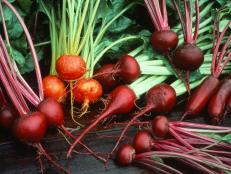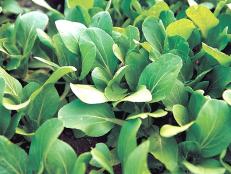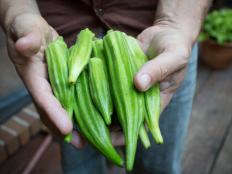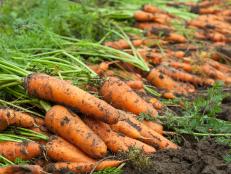How to Pickle Beets
The sweet and colorful beet pairs incredibly well with a tart vinegar brine.

Anna_Pustynnikova / Shutterstock.com

Beets have been hanging around a long time. Literally. They were among the vegetables grown in the Hanging Gardens of Babylon around 800 B.C. The Ancient Greeks used their leaves both as a culinary herb and medicinally to combat fevers and in the treatment of wounds. It wasn’t until around the 3rd century A.D. that the Romans finally regarded the root as edible. Perhaps not coincidentally, they also considered beets to be an aphrodisiac. That last part may not have been altogether wrong. Beets are loaded with boron, which is known to play a role in the production of human sex hormones. Probably coincidentally, beets also happen to be among my favorite vegetables to “quick” pickle.
Containing among the highest sugar content of any vegetable, the sweet and colorful beet pairs incredibly well with a tart vinegar brine. And because whole beets store well in cold conditions, they are a great candidate for winter pickling before the spring crops arrive.
Quick pickling (also called refrigerator pickling) skips the sometimes time-consuming task of water bath canning. Once brined, jars are refrigerated and will be ready to eat in just a few days. This is a handy method for small batch canning when the results will be consumed within a matter of weeks. They rarely last that long around here.
Quick Pickled Beets
3 pounds beets
1 small onion, sliced
1/2 teaspoon whole cloves
1/2 cup sugar
1/4 teaspoon kosher salt
1 cup white vinegar
1 cup water
- Cut stems from beets and scrub clean.
- Wrap beets loosely in aluminum foil and arrange on a baking sheet to roast in a 400 degree oven for 50-60 minutes.
- Allow beets to cool, then peel (skin should release freely. If not, return to oven for 10 minutes).
- Cut beets into slices and pack beets with sliced onion into 2 pint jars.
- Combine cloves, sugar, salt, vinegar and water in a pot and bring to boil.
- Remove brine from heat and let rest 5 minutes.
- Pour brine into jars to cover beets.
- Place lids on jars and allow to cool to room temperature.
- Refrigerate at least 3 days before serving.













































